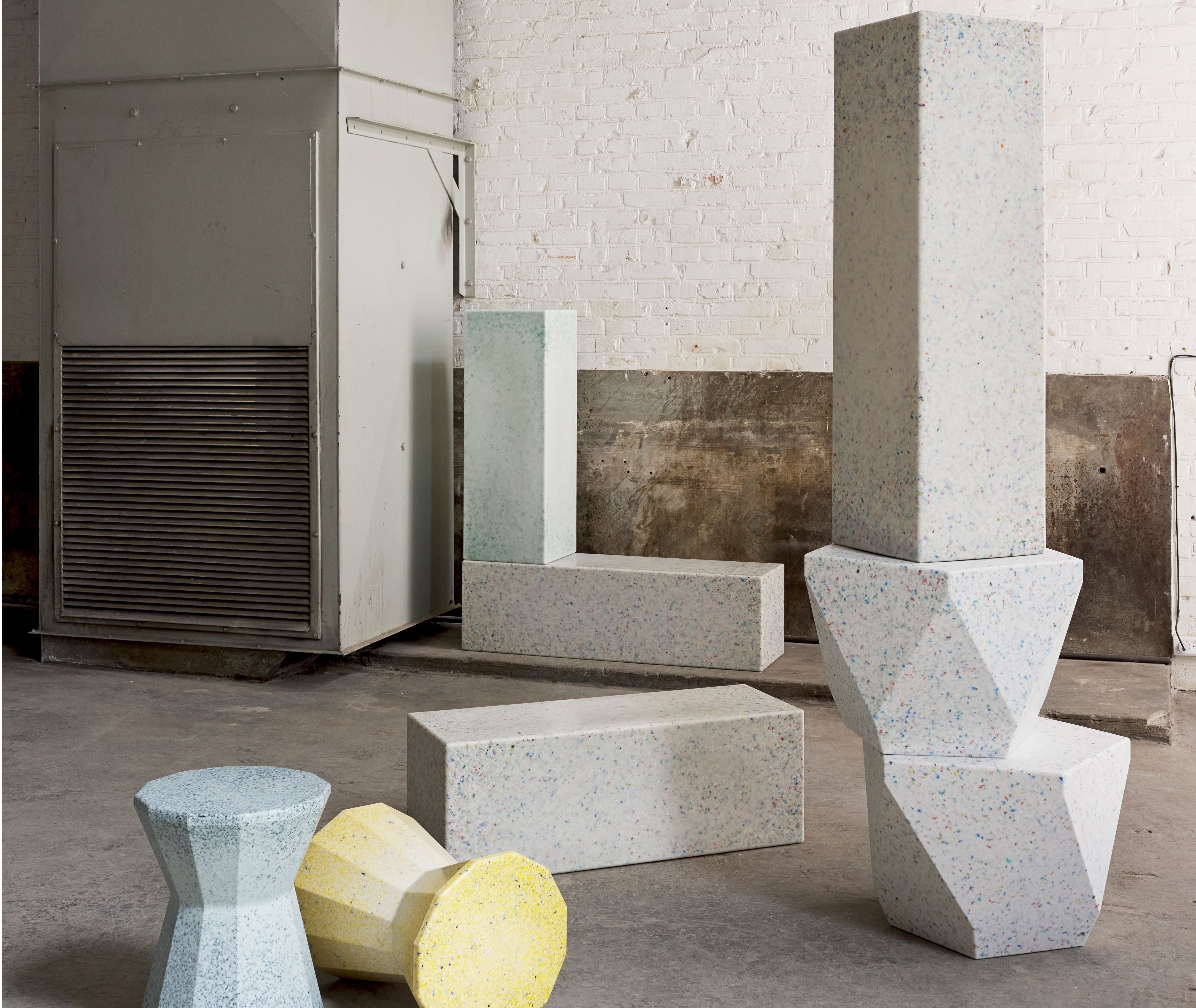Rotational molding
As indicated by the name, this process consists of multiple molds that rotate on an arm between a working area, an oven and a cooling area. First, raw material which is powder, granulate or paste is filled into a hollow mold. Next, the arm moves the mold into an oven.
The mold rotates in a biaxial rotation which ensures that the raw material inside is distributed into all corners and edges of the mold. When the mold reaches the melting point of the raw material, the plastic melts and sticks to the surface inside the mold. The process continues until all of the raw material is melted and a smooth surface now appears. The final thickness of the item depends on the used amount of raw material.
Next, the mold is moved into a cooling zone where it is rotating which makes the plastic inside harden. Hereafter, the mold is moved to the working area where the item is carefully removed. The item then proceeds to machining and quality testing.
Some of the advantages by applying rotational molding are low mold costs, the items can be produced with cast-in elements such as bushings and logos. It is possible to produce large, hollow and complex items in customer-specified colors.
This production method is suitable for batches between 200-3000 items depending on size and design. Examples of rotational molded items are containers, furniture, toys, barrels and other types of hollow items.
Rotational molded parts can be customized and produced according to your needs. Our rotational molding team is ready to advise on whether this method is optimal for your items.

The rotational molded tank and roof are both part of a complete solution delveloped with our customer Egholm A/S for the model City Ranger 3070.

We produce quality furniture for the industry. The items are produced in recycled materials for our customer Small Revolution at our facility Dan-Hill Plast in Hornsyld.